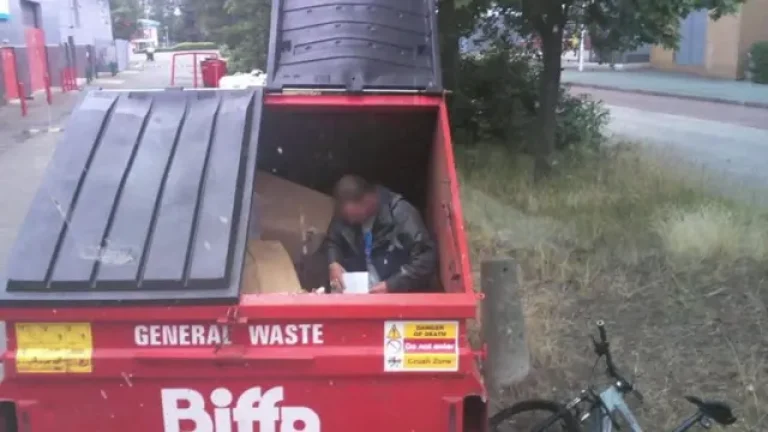Some experts have faulted the White Paper released by the panel that investigated the collapse of the 21-storey building in Ikoyi, Lagos, developed by Fourscore Homes Limited.
The immediate past President, Nigeria Institute of Building (NIOB), Kunle Awobodu, regretted that compensation for families who lost loved ones was not part of the White Paper.
Also, he said the White Paper failed to address the methods for averting building collapse. He lamented that in the past there had been such reports without commensurate action by the government. According to Awobodu, the White Paper did not address the problems plaguing the sector. “There is, therefore, the need to identify the challenges plaguing the sector such as distressed and poorly constructed buildings. There is an urgent to ascertain if there are plans to enumerate buildings under construction especially the high rise that dot the upscale area of the city and much more to see if there are signs of tilting or other signs of distress,” he said.
On the section of the White Paper that hinted on punishing civil servants who are culpable, the former NIOB chief asked how the public would follow up on those punished.
An engineer, Mr. Sola George, urged the public to await the report of the Council of Registered Engineers of Nigeria (COREN). He however frowned at some areas of the report, saying it did not discuss the technical reasons for the collapse, whether a column failure or a foundation problem. He queried the technical bases for the proposed demolition of the surviving towers.
George asked if the decision was informed by serious considerations or not “This is pertinent because of the huge amount of money involved,” he stated.
The engineer recalled that in the 80s, the Cocoa House in Ibadan was gutted by fire, but was strengthened by some extensions on the sides, thereby stopping its collapse.
He cautioned that the views of other experts such as structural engineers locally and internationally that the two towers were still standing months after construction and the heavy collapse near them, is one major integrity test that should be noted.
The engineer suggested the need to monitor settlements for foundation performance and alignments of columns to check distress in the superstructure.
He said: “All other tests and measurements that do not expose the operators to undue risks can be done.”
The view or position of progress engineers need to be checked in the circumstances of a building that was designed for six floors getting to 15 floors and remaining there comfortably for months with no loud distress signs.
“The amount of money involved appears to me to be too large for the issues to be treated as trivial. The final decisions should be well informed by all available technical ideas, know-how and expertise.”
Another engineer, who didn’t want his name published, said he believed that the three towers were constructed under the same circumstances and that the reason for the collapse of one could also apply to others.
He reiterated that the report stated that the remaining two failed structural integrity tests and Messrs Prowess, the initial engineers, who pulled out of the project, stated that in their disengagement letter that they could only confirm good structural integrity for one of the buildings up to sixth or seventh floor.
He, therefore, canvassed a compelling need to pull down the remaining structures built by the same developer.
Also, a civil engineer, Afolabi Adedeji, asked for more diligence in the sector. He said those who bought off- plan had not come to ask for their cash, wondering if the sources of their invested cash was legitimate. He also wondered that no insurance firm had not come to pay claims.
He lamented that the developer wore two hats in the deal – contractor and developer.
Adedeji stated that such gigantic building could not be constructed by direct labour, signalling the absence of professionals. He cautioned that until the nation curtailed greed, it would not go far in terms of infrastructural development and in other sectors.
He urged experts to punish those found culpable in any collapsed building to serve as a deterrent.
A member, NIOB, Akinola Bammeke, said in a paper entitled: “Justice delayed is justice denied”, stated that the content of the White Paper, which is in public knowledge based on the reporting by various newspaper outfits is encouraging. He called on the need for what he called a timely accountability to sanitise the system. He lamented that over the years, there had been many investigations, inquiries, indictments but little accountability as people get away with murder.
This, he said, was because the legal redress to the injured parties was die not come on time. He suggested a system where parties could get redress within six months.
He stated that once the judicial redress system was addressed, stakeholders’ behaviour would change as they become aware that they would be held accountable.
Bammeke regretted that his profession had become an all-comers’ affairs.
According to him, while the public await the government to play its part, it is, however, necessary for the victims of the incident to get redress.
He suggested that those who lost loved ones or became impaired as a result of the collapse should be encouraged to seek damages against the developer and others involved.
It would be recalled that part of the report by the panel on the incident that claimed about 50 lives is that the firm that developed the collapsed building should be prosecuted and also the trial of civil servants who were involved in the disobedience to Urban & Town Planning laws of the land.
It also recommended that the remaining two structures constructed in the vicinity should be demolished because they failed integrity tests.
The Nation learnt that 26 of the 28 recommendations in the report were accepted by the government.
The report frowned at a situation in which Fourscore was builder and architect. For this, the tribunal concluded that Fourscore Heights was negligent.
It also recommended “evacuation of all occupants within a 45metres radius from the extreme boundaries of the blocks in the interest of public safety”. (The Nation)







